1. Introduction
Japanese craftsmanship is a world of itself where materials speak and the hand of the maker is inseparable from the object's spirit. Known in Japanese as kōgei, traditional crafts are forged from centuries of knowledge, refined technique and reverence for nature. Whether in the strength of washi paper, the resilient shimmer of lacquerware or the subtle pattern of a hand-dyed silk kimono, every Japanese craft object bears the weight of history.
Rooted in the rhythms of the land and shaped by religion, ritual and social structure, these crafts evolved across centuries into a rich, regionally diverse ecosystem of artistry. In an increasingly mechanized and disposable world, the enduring relevance of Japanese craftsmanship lies not only in its aesthetic appeal, but in its care, attention and continuity.
1. Ceramics: Earth, Fire, and Centuries of Mastery
From Jōmon pottery to modern sculptural forms, Japanese ceramics reflect both natural imperfection and refined technique.
Few mediums, such as ceramics, reflect the soul of Japanese aesthetics. From the earliest Jōmon pottery dating back over 10,000 years to the rustic bowls of the tea ceremony and the contemporary sculptures of today’s studio artists, Japanese ceramics tell the story of a culture deeply attuned to natural form, imperfection, and quiet beauty.
The art form developed through contact with China and Korea, so it took on uniquely local identities. Styles such as Bizen, Hagi, Karatsu, and Oribe emerged from regional kilns, each defined by their local clay, glazes, and firing methods. The Momoyama period’s emphasis on wabi-sabi aesthetics gave rise to the asymmetrical, textured vessels now iconic of Japanese tea culture. Even today, potters continue to fire in centuries-old anagama and noborigama kilns, passing their knowledge through generations in workshops.
While remaining rooted in tradition, contemporary Japanese ceramics and pottery have expanded beyond functional ware, engaging with the world of fine art and design.
2. Cultural Influence and History: Threads Through Time
Every craft has a lineage from Buddhist rituals to the samurai era, from court patronage to global export.
Japanese crafts have continually evolved in dialogue with their historical context. Early metalwork, weaving, and carving forms emerged as both functional tools and spiritual objects. At the same time, introducing Buddhism in the 6th century brought new materials, symbols, and artistic standards that reshaped Japan’s visual culture.
Crafts flourished under imperial patronage during the Heian period, diversified under samurai influence in the Kamakura and Muromachi periods, and reached a golden age during the stability of the Edo era. Each shift in power, trade, or religion left a trace: Zen ideals simplified form and color; court tastes elevated refinement and symbolism; regional economies fostered unique material cultures.
The Meiji Restoration’s modernization drive threatened many traditional crafts and catalyzed their reinvention. As Japan introduced its artistry to the West through world expositions, global admiration helped preserve and revalue traditional skills. Today, these crafts are not static relics but active participants in Japan’s cultural evolution.
3. Dolls: Silent Figures, Living Traditions
Hina dolls, warrior figures, and minimalist Kokeshi embody generations of belief and craft.
Japanese dolls (ningyō) are sculptural embodiments of myth. From the tiered hina-ningyō of Girls’ Day to the heroic musha-ningyō of Boys’ Day, dolls mark seasonal rites, family aspirations and community beliefs.
The range of doll types is vast: Ichimatsu dolls model children in realistic detail; Daruma dolls symbolize perseverance; Kokeshi, with their minimalist lines, echo folk traditions of the Tōhoku region. Materials range from wood and gofun-coated clay to carved ivory and painted papier-mâché, with construction methods passed down in multi-generational workshops.
Dolls also occupy a space between the sacred and the secular appearing in household shrines, rituals of protection and even festivals for casting off bad luck. Their delicate forms hold dense symbolism, representing the invisible in visible form and continuing to evolve as artists reinterpret tradition through contemporary lenses.
4. Lacquerware: Layered Beauty and Enduring Craft
Multiple layers, multiple weeks, centuries of tradition.
Lacquerware (urushi) exemplifies the Japanese capacity to transform humble materials into objects of sublime utility and grace. Derived from the lacquer tree sap and layered over wood, bamboo, or cloth, this craft dates back over 7,000 years and remains a cornerstone of Japanese applied arts.
From the glittering maki-e of the Heian court to the rustic resilience of Negoro-nuri, lacquerware spans ritual, domestic, and decorative contexts. It is a medium of patience: dozens of layers applied, dried, and polished over weeks or months. Decorative techniques such as raden (shell inlay), chinkin (gold inlay), and chōshitsu (carved lacquer) reflect extraordinary technical refinement.
5. Metalwork: Forged in Fire, Honed Through Centuries
Japanese metalwork is best known for its swords but its scope includes armor, utensils, sculptures, tools, and delicate ornamentation. The skills developed by swordsmiths, who folded and forged steel with spiritual devotion, influenced everything from tea kettles to garden shears.
Techniques such as forge welding, inlay (zōgan), and patterned alloys (mokume-gane) reveal a deep knowledge of metallurgy and form. Regional hubs like Takaoka (for bronze casting) and Seki (now famed for cutlery) demonstrate how localized expertise shaped national standards of excellence.
6. Other Crafts: Fine Artistry in Uncommon Forms
Glass, enamel, and ivory delicate arts often overlooked, never outshone.
Beyond the better-known crafts, Japan has cultivated a range of lesser-known but highly refined traditions. Glasswork developed styles like Edo Kiriko cut-glass vessels with intricate patterns and Satsuma Kiriko, with layered, colored glass.
Cloisonné (shippō) reached artistic heights in the Meiji era with translucent enamels and painterly musen techniques that gained international praise. Similarly, ivory carving particularly used in netsuke and okimono, combined storytelling, symbolism, and technical mastery on a miniature scale.
Though some materials (like ivory) are no longer used, these crafts continue in evolved forms.
7. Papermaking: Fibers of Culture and Craft
Washi: durable, translucent, and uniquely Japanese.
Handmade Japanese paper, or washi, is renowned worldwide for its strength, flexibility and translucent beauty. Introduced by Buddhist monks in the 7th century, washi became central to religious, governmental and artistic practices.
Made from the inner bark of the kozo (paper mulberry), mitsumata, or gampi plant and processed using natural adhesives and clear mountain water, washi is durable enough for banknotes and delicate enough for painting and conservation.
Papermaking centers like Echizen and Mino continue to produce washi by hand, and artisans today integrate it into lighting, packaging, architecture and design.
8. Textiles: Weaving Culture, Dyeing Identity
Each thread carries a story.
Japanese textiles encompass an extraordinary range of weaving and dyeing traditions each region contributing its own techniques and aesthetics. From the brocaded silk of Kyoto’s Nishijin-ori to the blurred ikat of Yūki-tsumugi and the vibrant stencils of Okinawan Bingata, textiles represent both art and cultural record.
Techniques such as shibori (tie-dye), katazome (stencil resist), and yūzen (hand-painted dyeing) allow for deep expression in form, pattern and narrative. Fibers include silk, cotton, linen, and hemp, each selected for texture, climate and ritual use.
Traditional garments like kimono and yukata and even accessories like zōri sandals, are more than clothing they are embody the season, status and sentiment. Textile crafts persist through preservation efforts and new design collaborations that carry their stories into contemporary life.
9. Wood and Bamboo Crafts: Nature’s Form, Human Touch
Joinery without nails. Weaving without waste. Always with respect for nature.
Wood and bamboo crafts in Japan exemplify the intimate relationship between maker and material. Whether constructing temples with nail-less joinery or weaving baskets for tea ceremonies, these crafts reflect a sensitivity to grain, rhythm and environment.
Hinoki, sugi, and keyaki woods are selected for durability, fragrance and beauty. Bamboo varieties like madake and yatake are harvested, cured and split with precision. Techniques passed down through long apprenticeships ensure that each object embodies both strength and subtlety, be it a tray, lattice panel or flower basket.
These crafts are inherently sustainable and today, contemporary designers and environmentalists champion them as models for ecological harmony and thoughtful production.
Conclusion: A Living Legacy
Japanese craftsmanship is not frozen in time it is a legacy shaped by history but animated by the hands of each new generation. The crafts explored here ceramics, metalwork, textiles, lacquerware, paper, dolls, glass, wood and bamboo are more than objects.
As modern life becomes more rapid and impersonal, the values embodied in traditional Japanese crafts patience, integrity, and connection to nature resonate deeply. In every handcrafted bowl, woven sash, or ink-soaked sheet of paper, there is evidence not only of exceptional skill but also of the enduring human spirit.


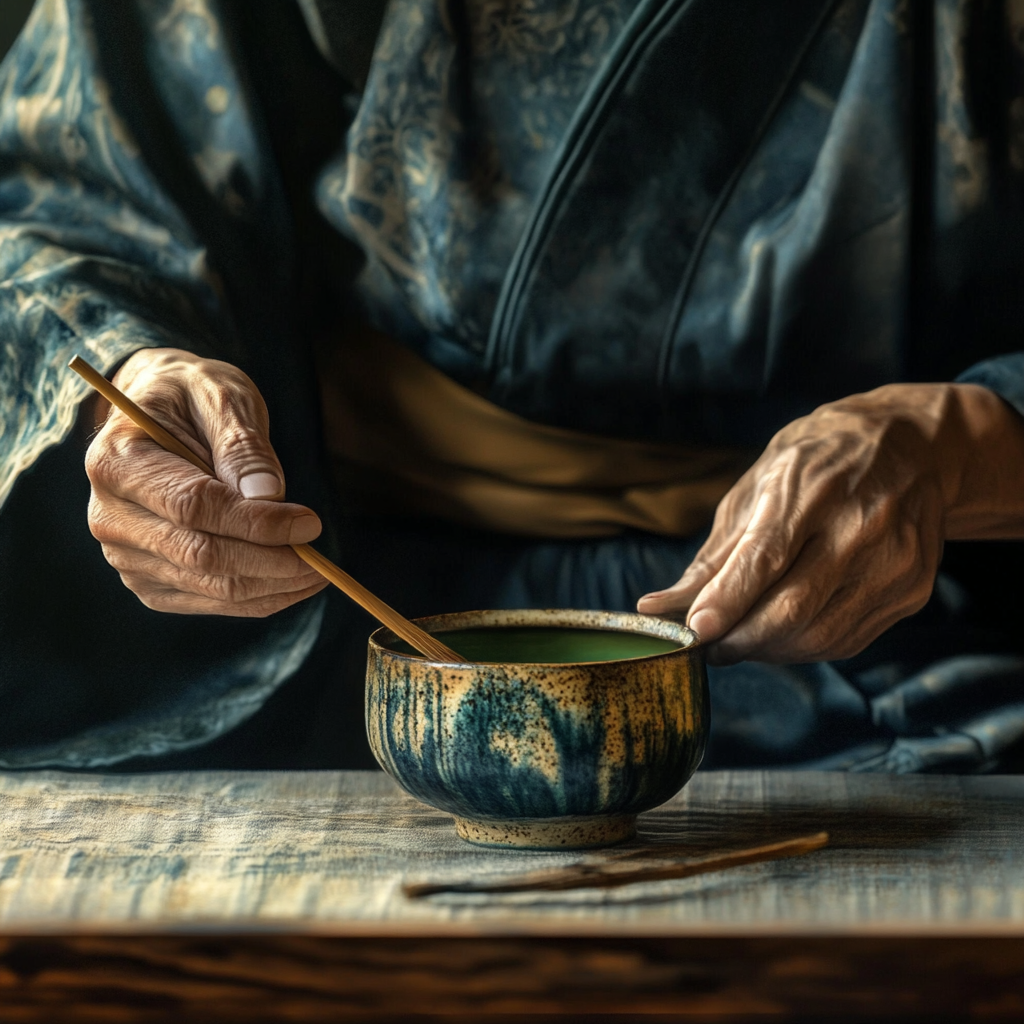









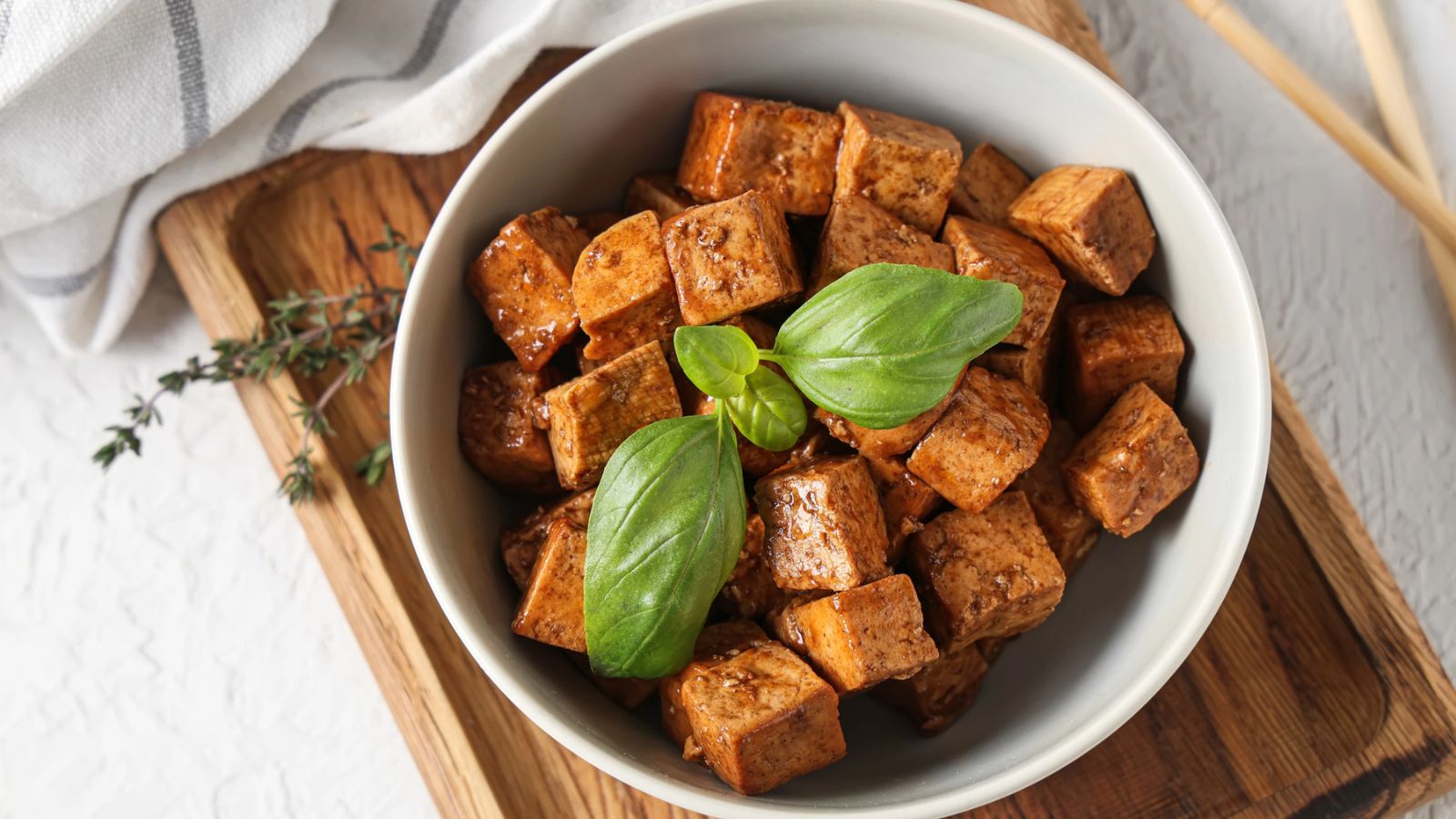

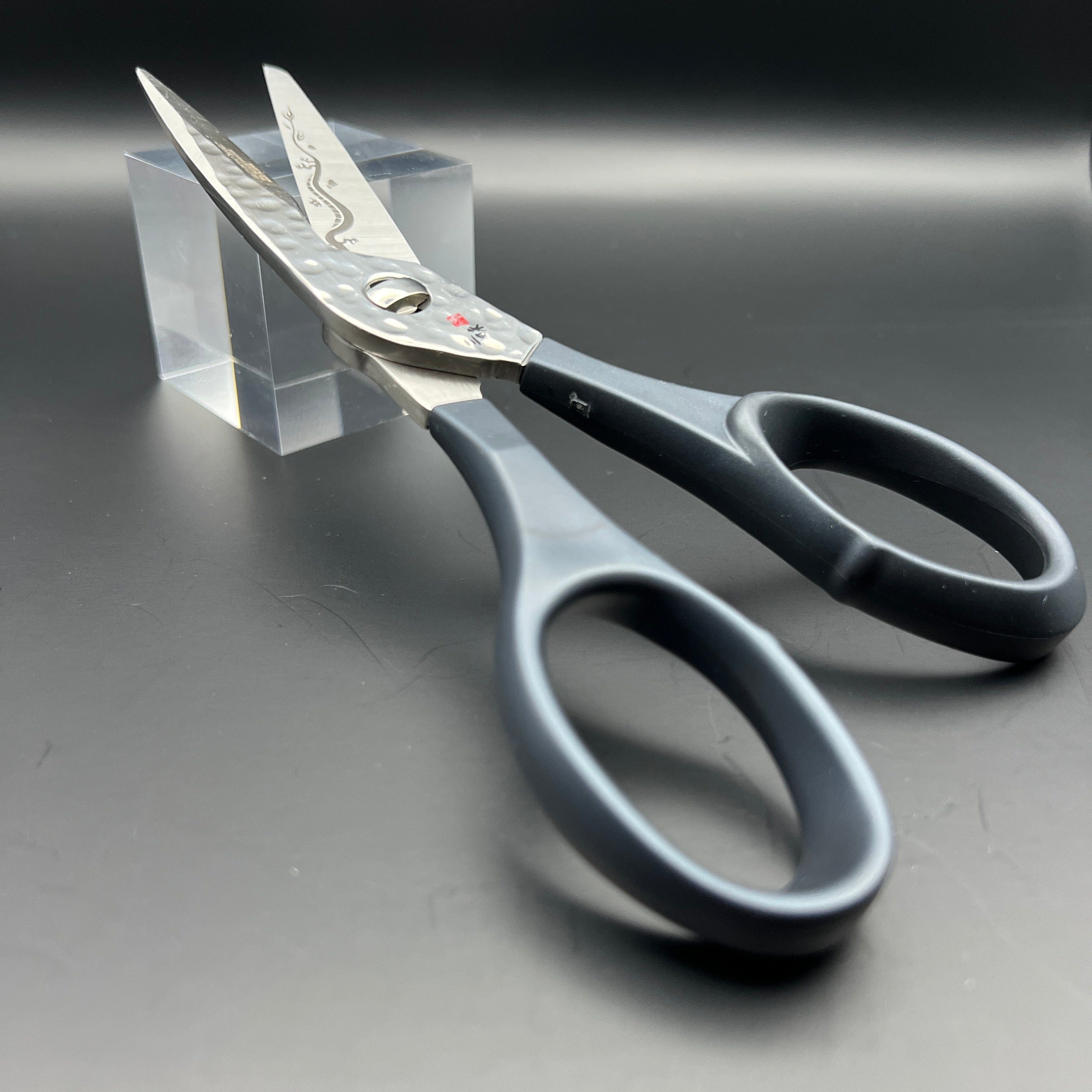
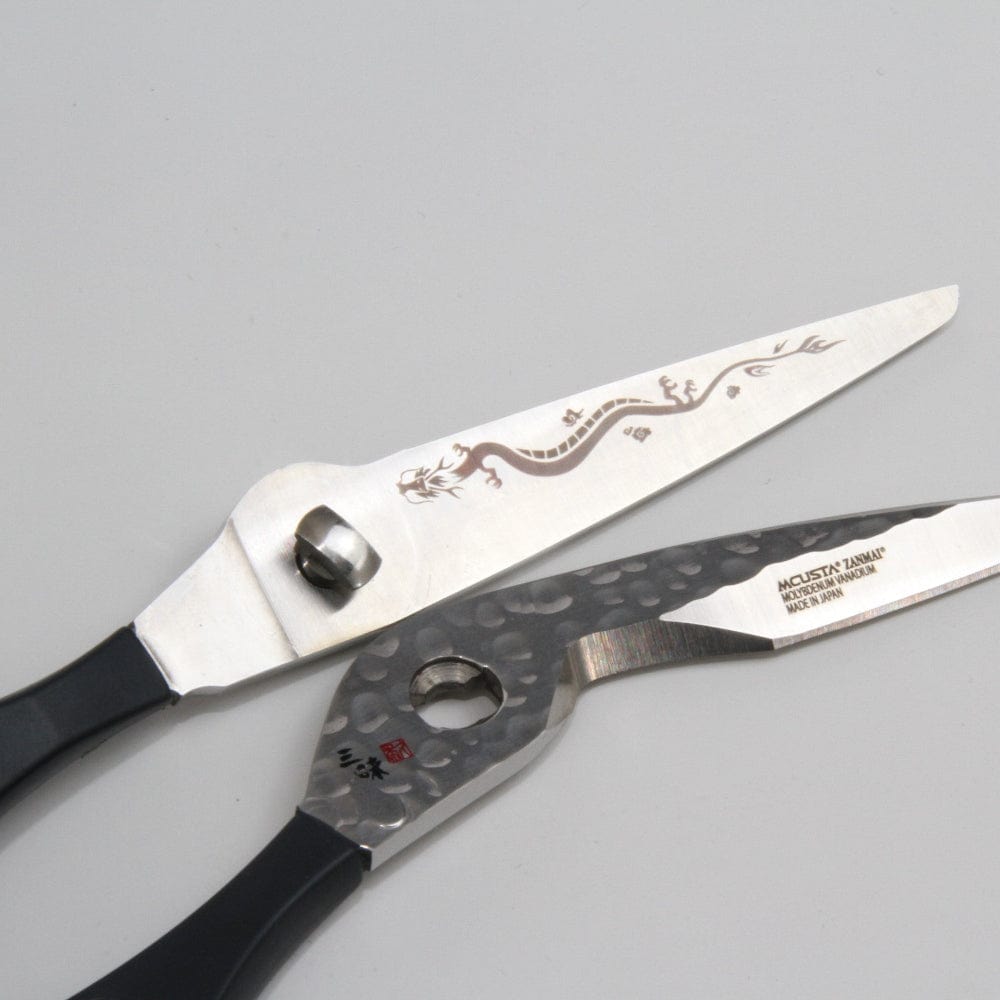
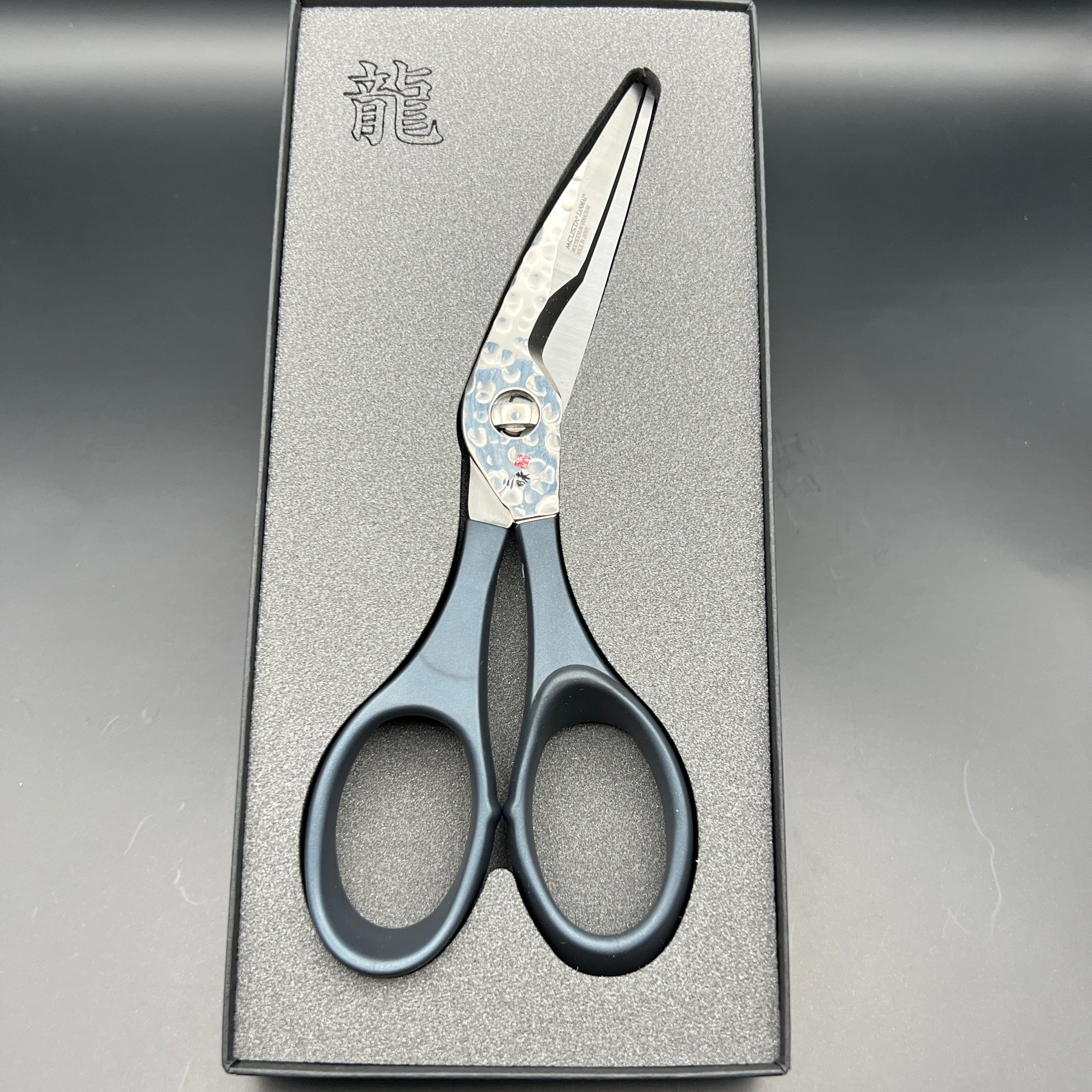
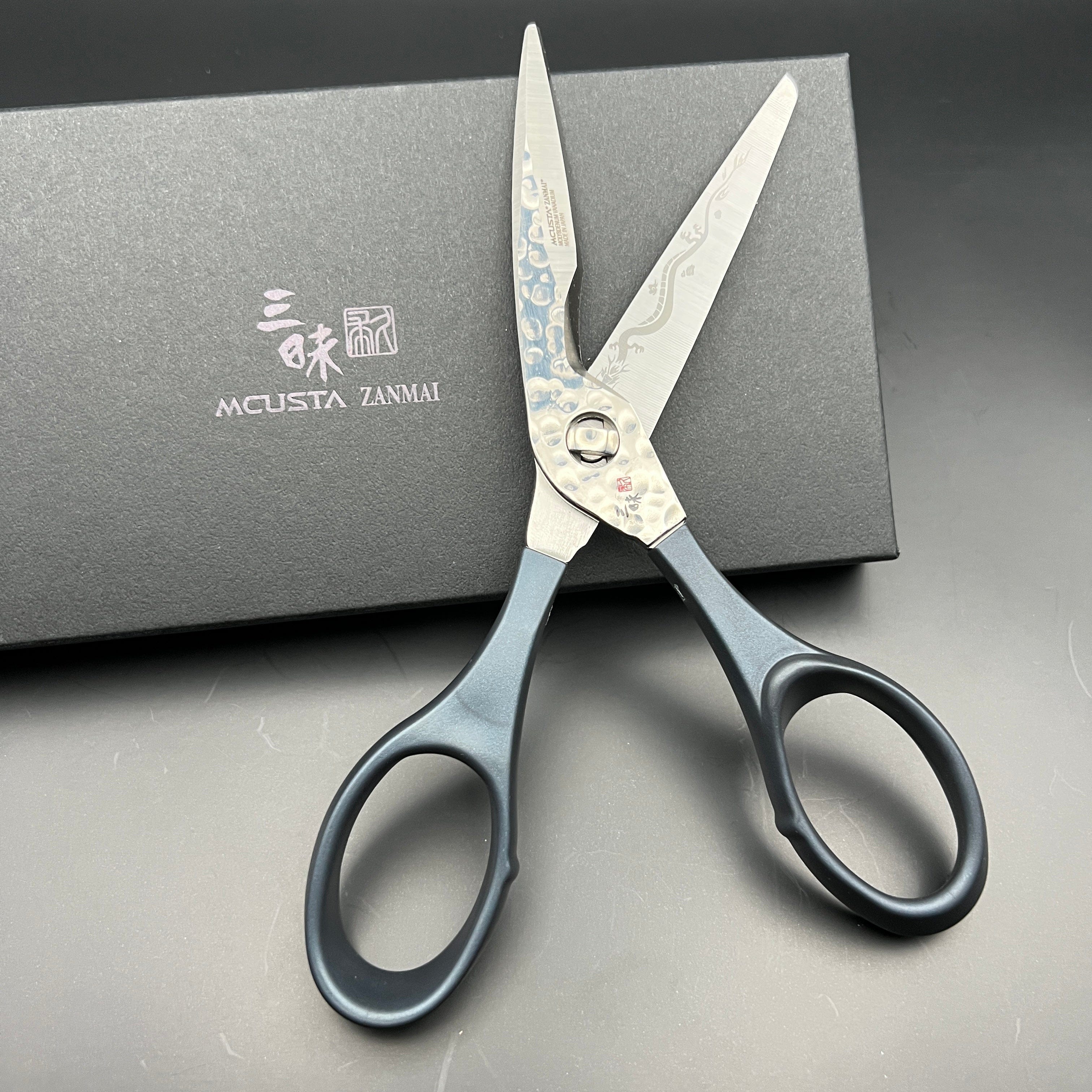

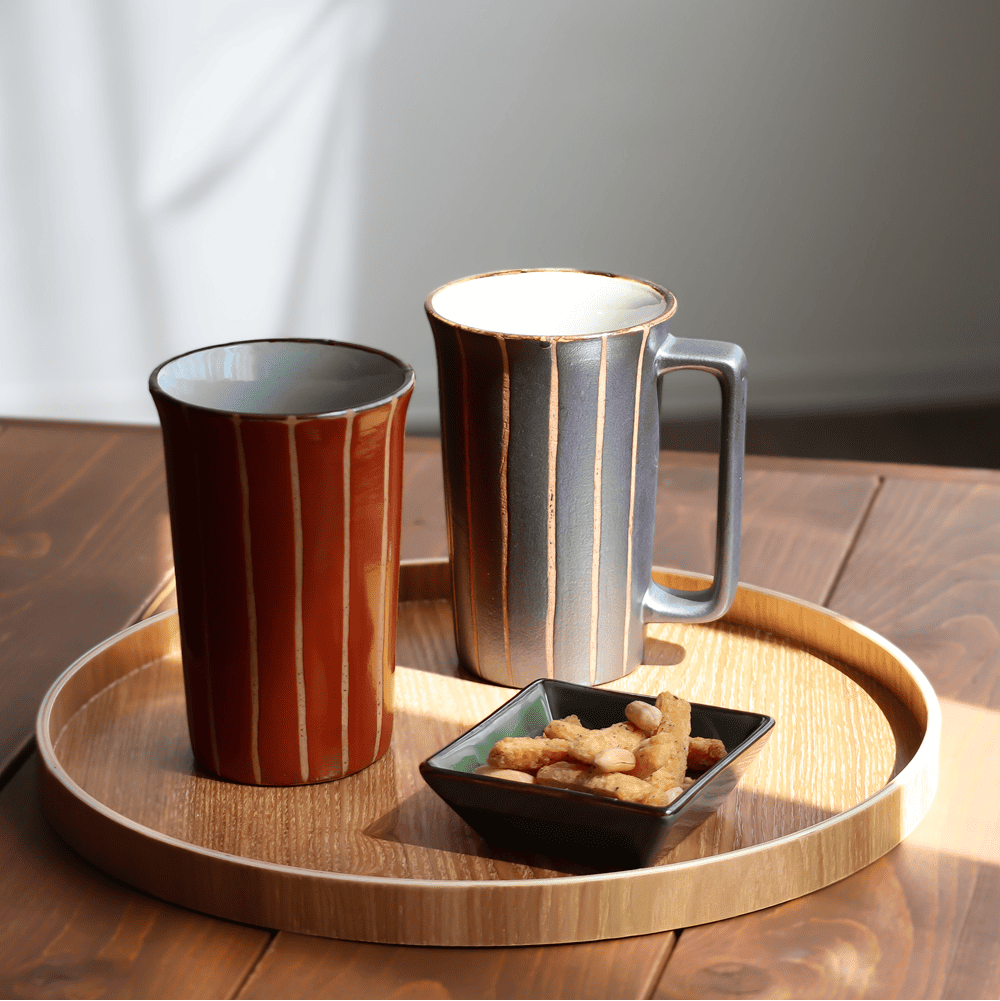
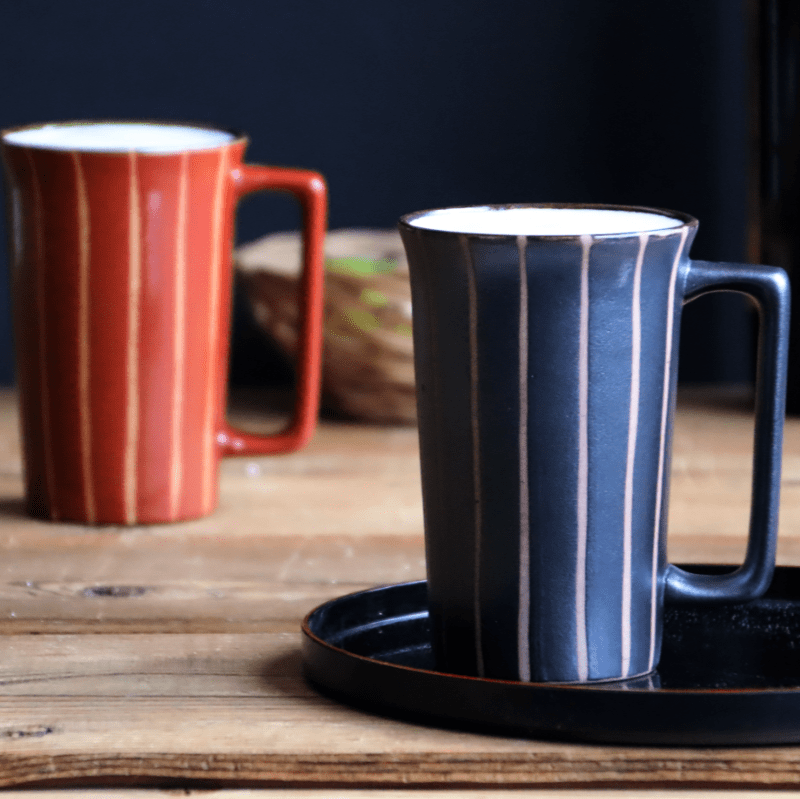

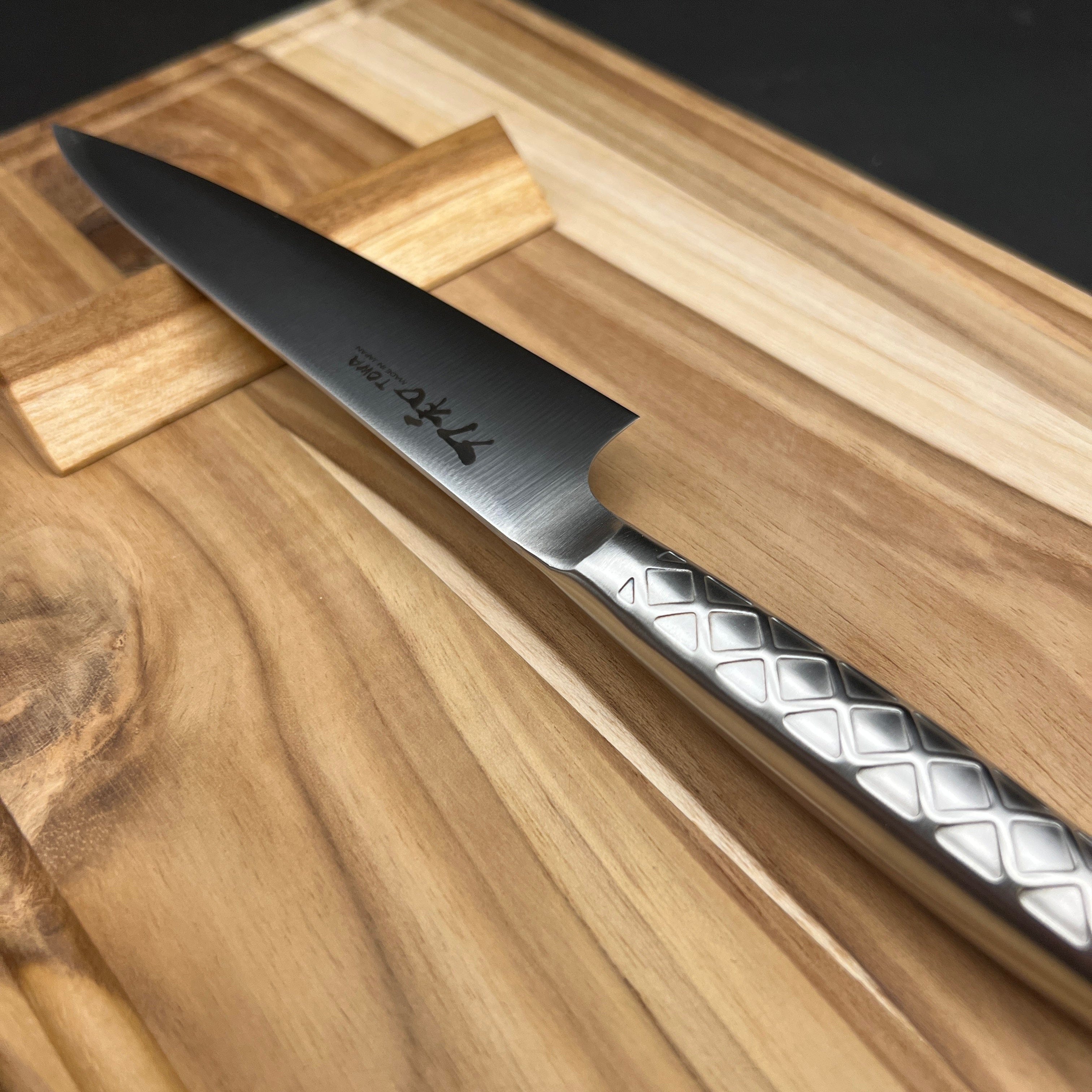
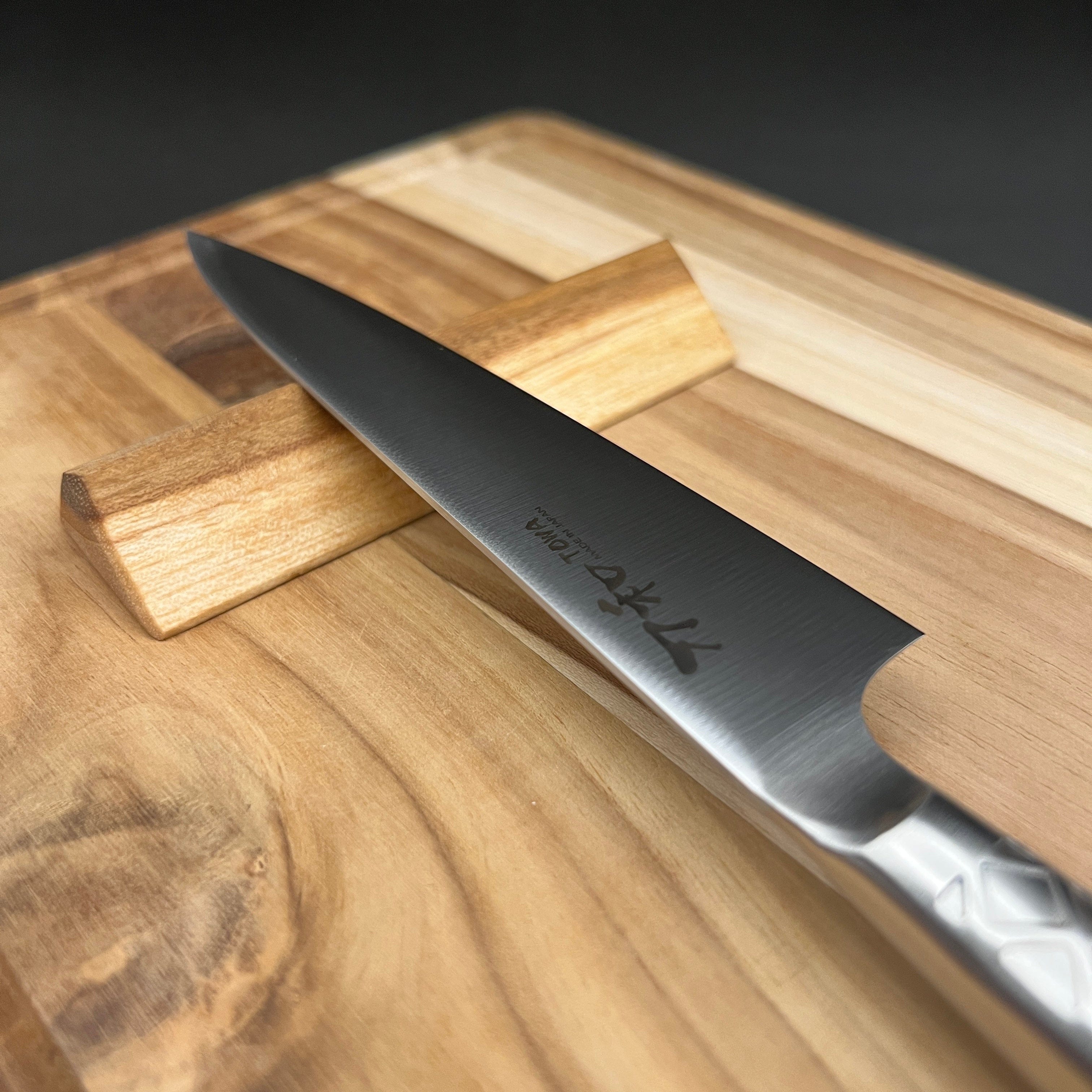
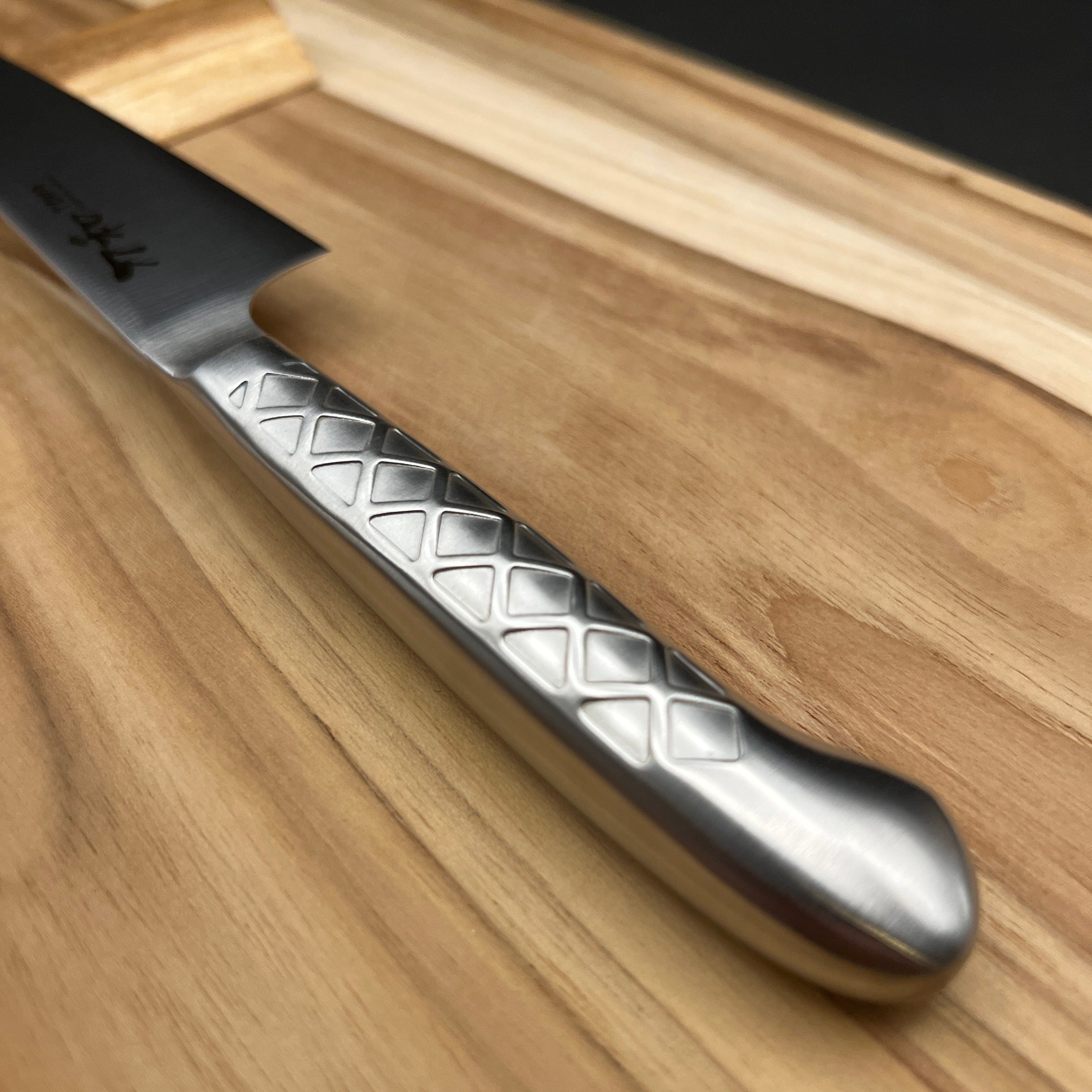
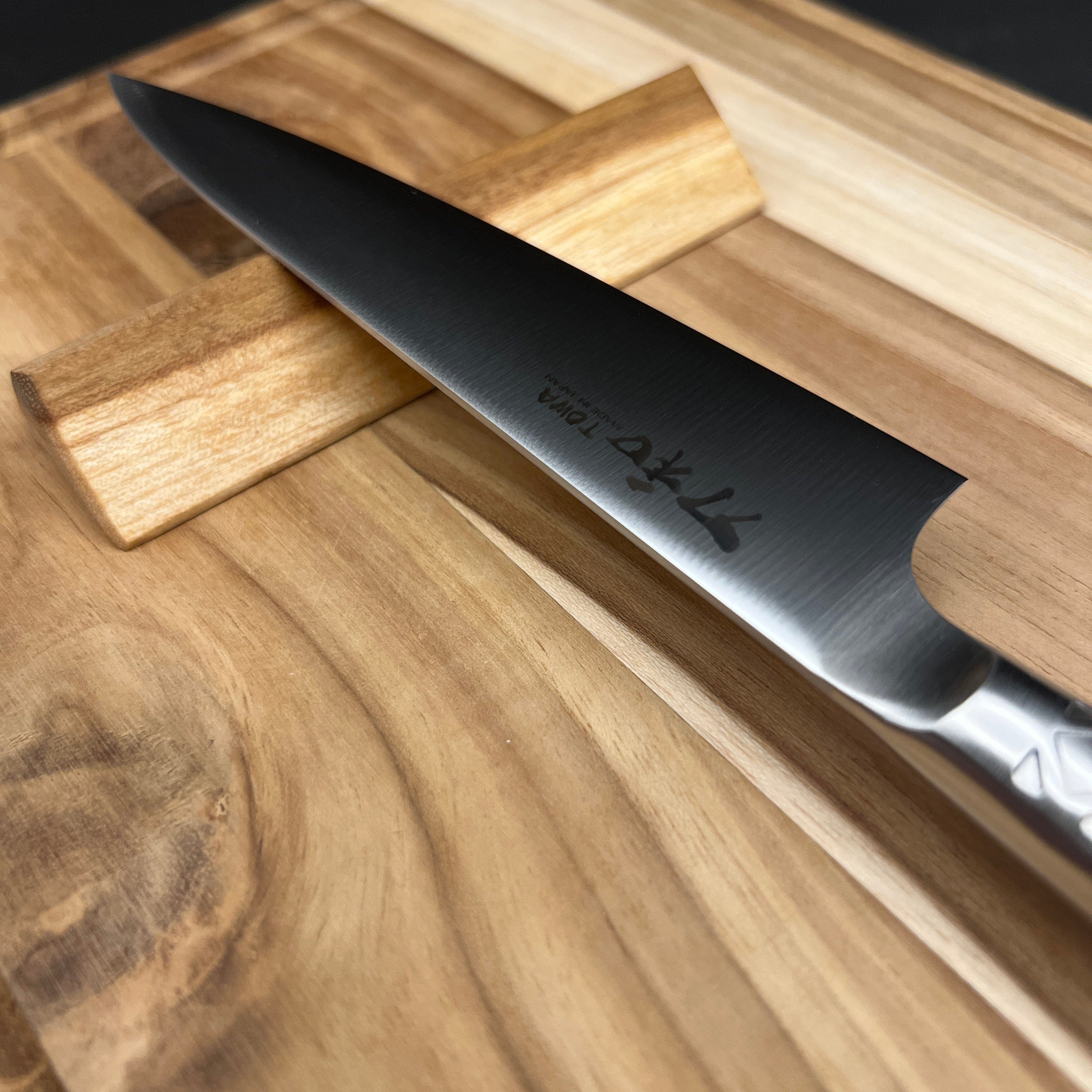
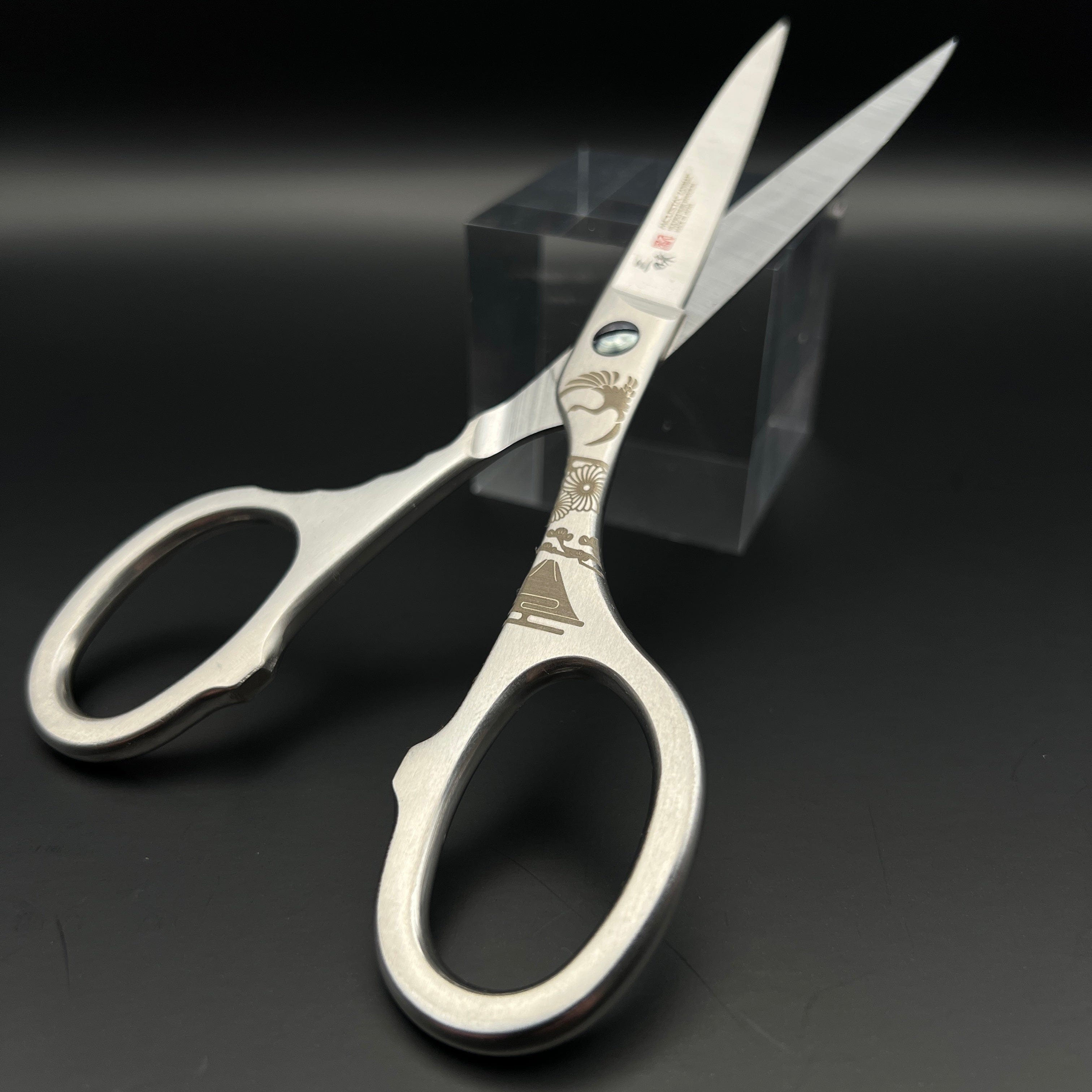
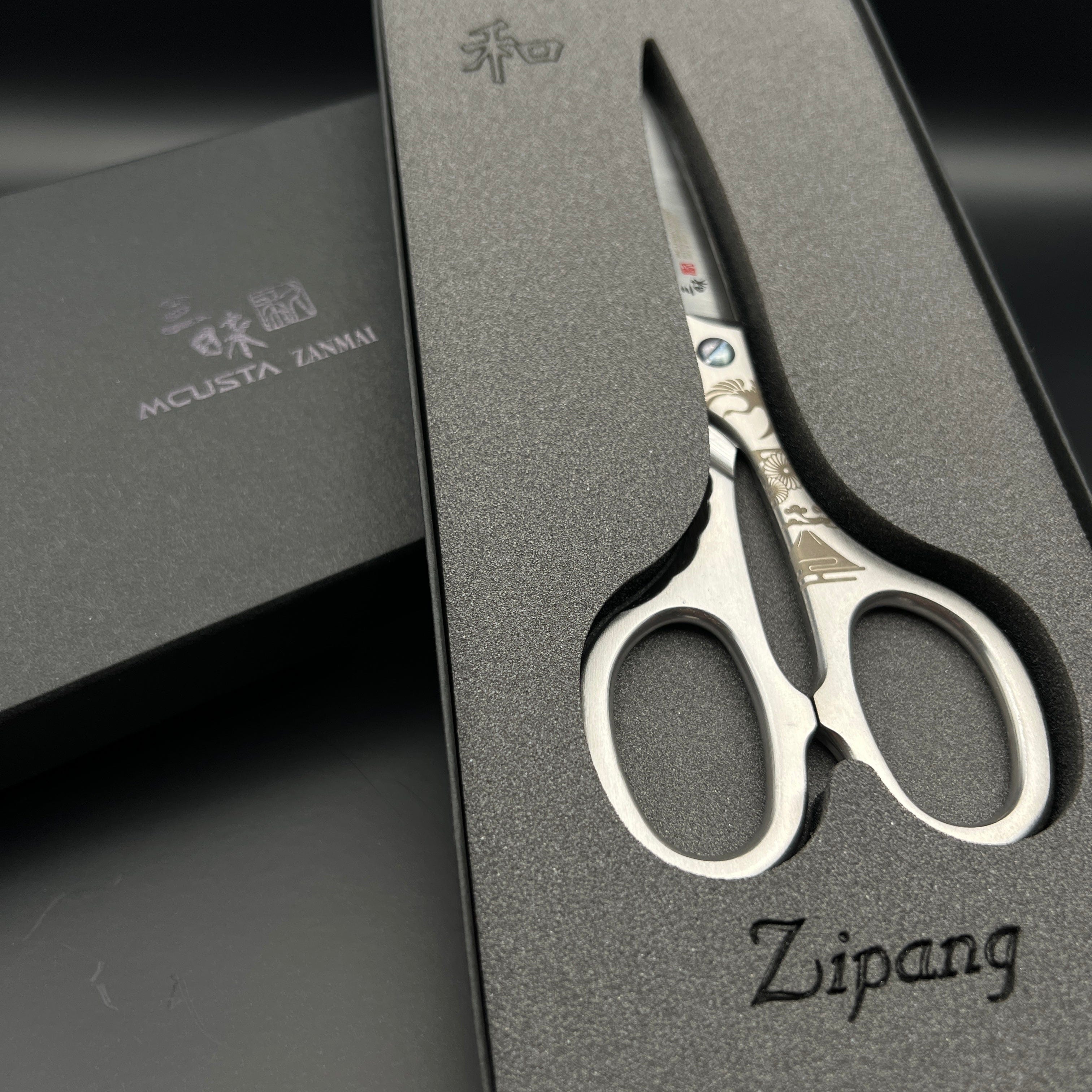
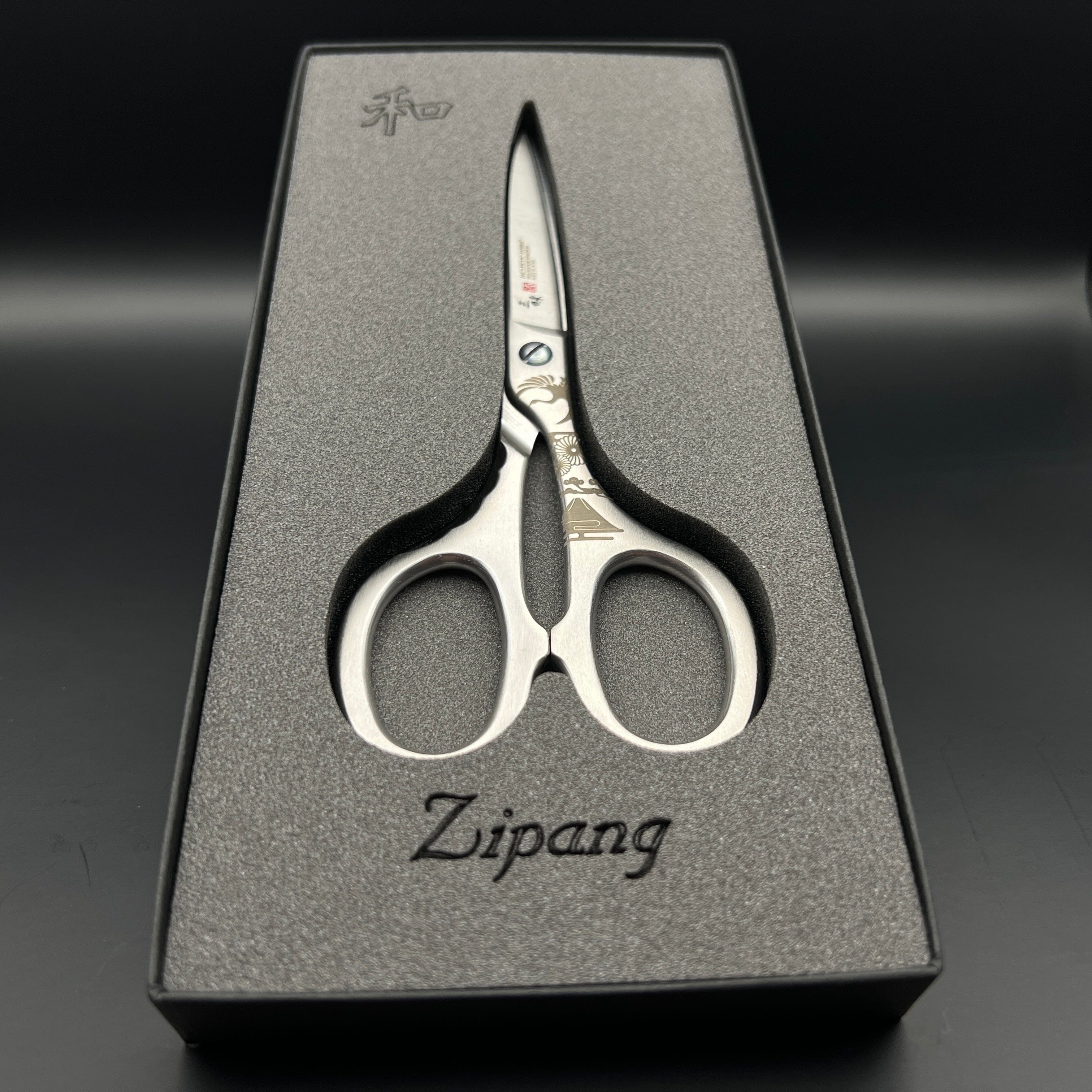
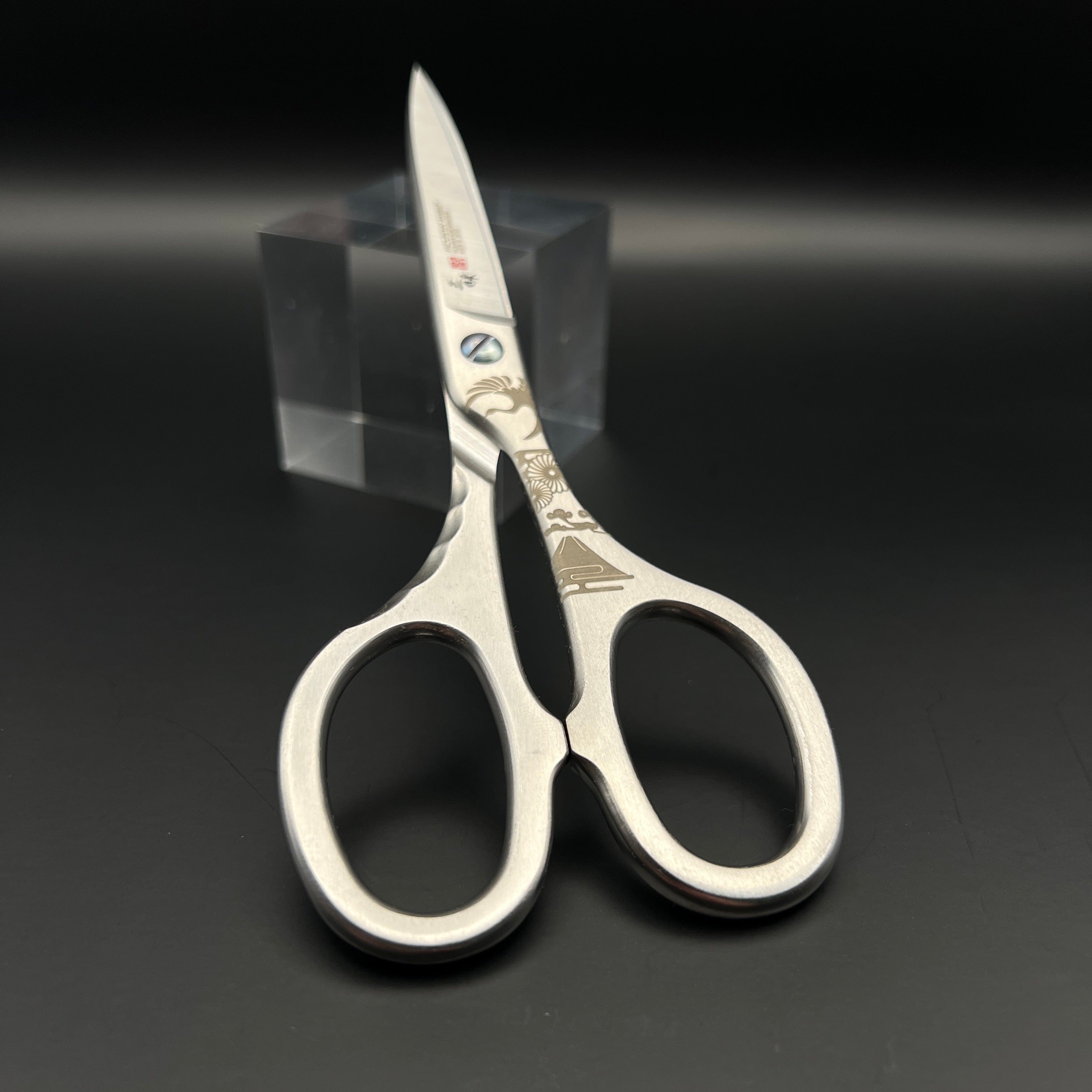

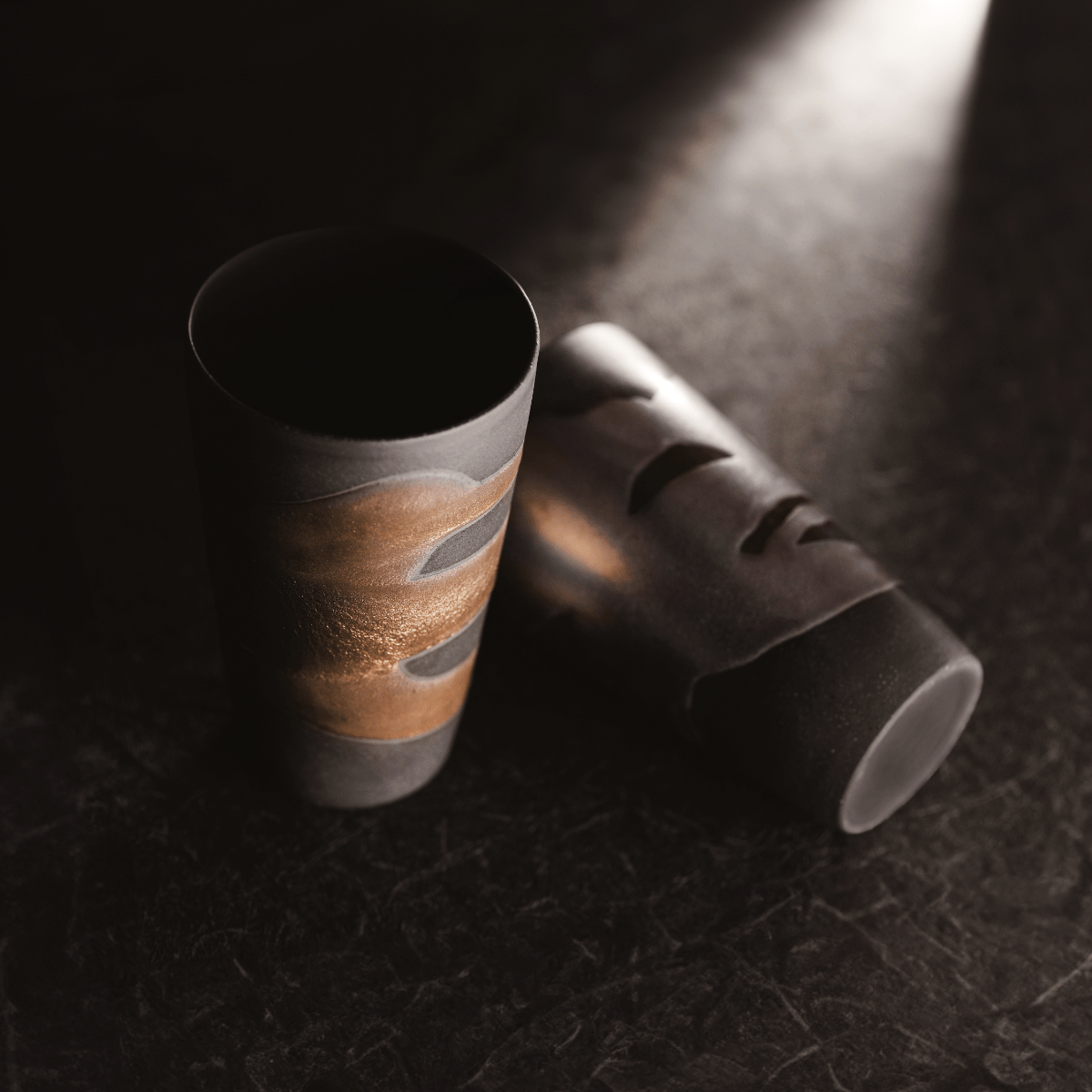
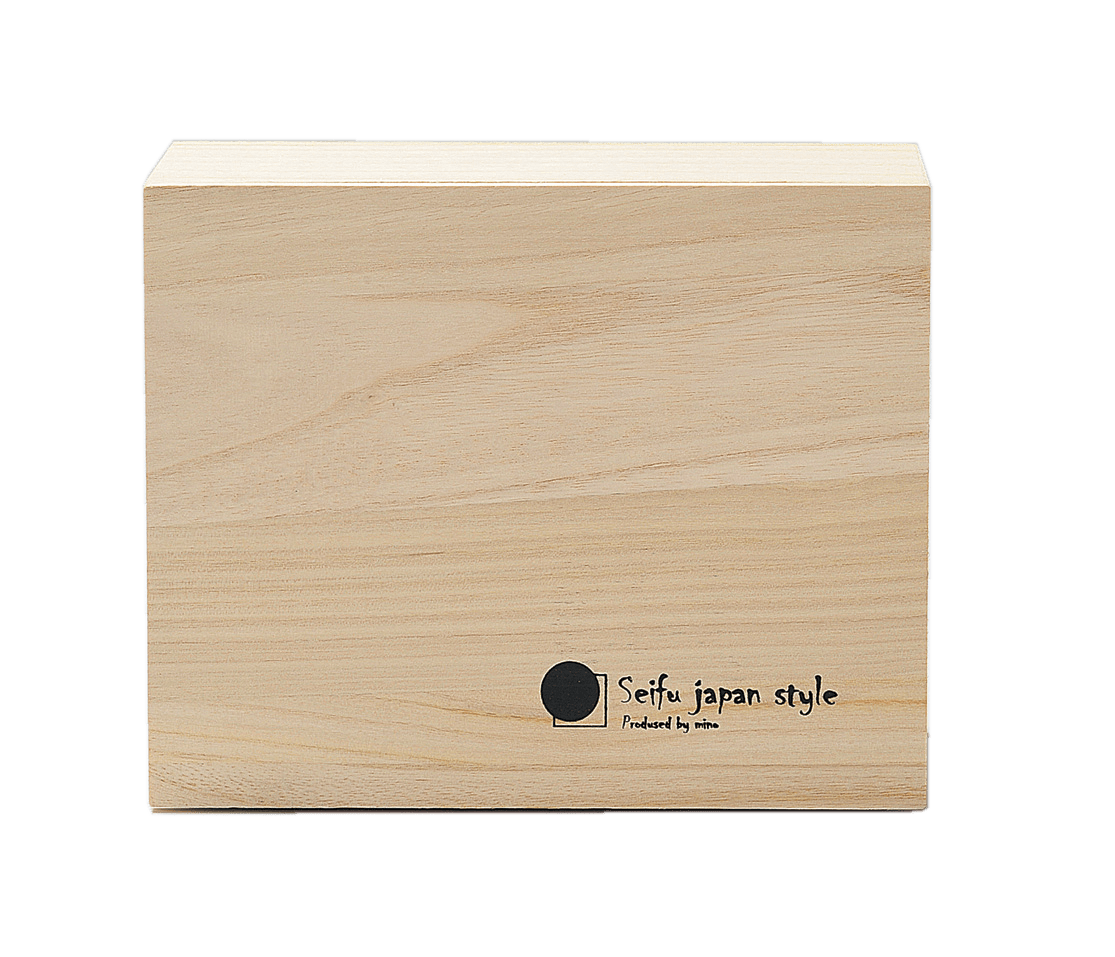
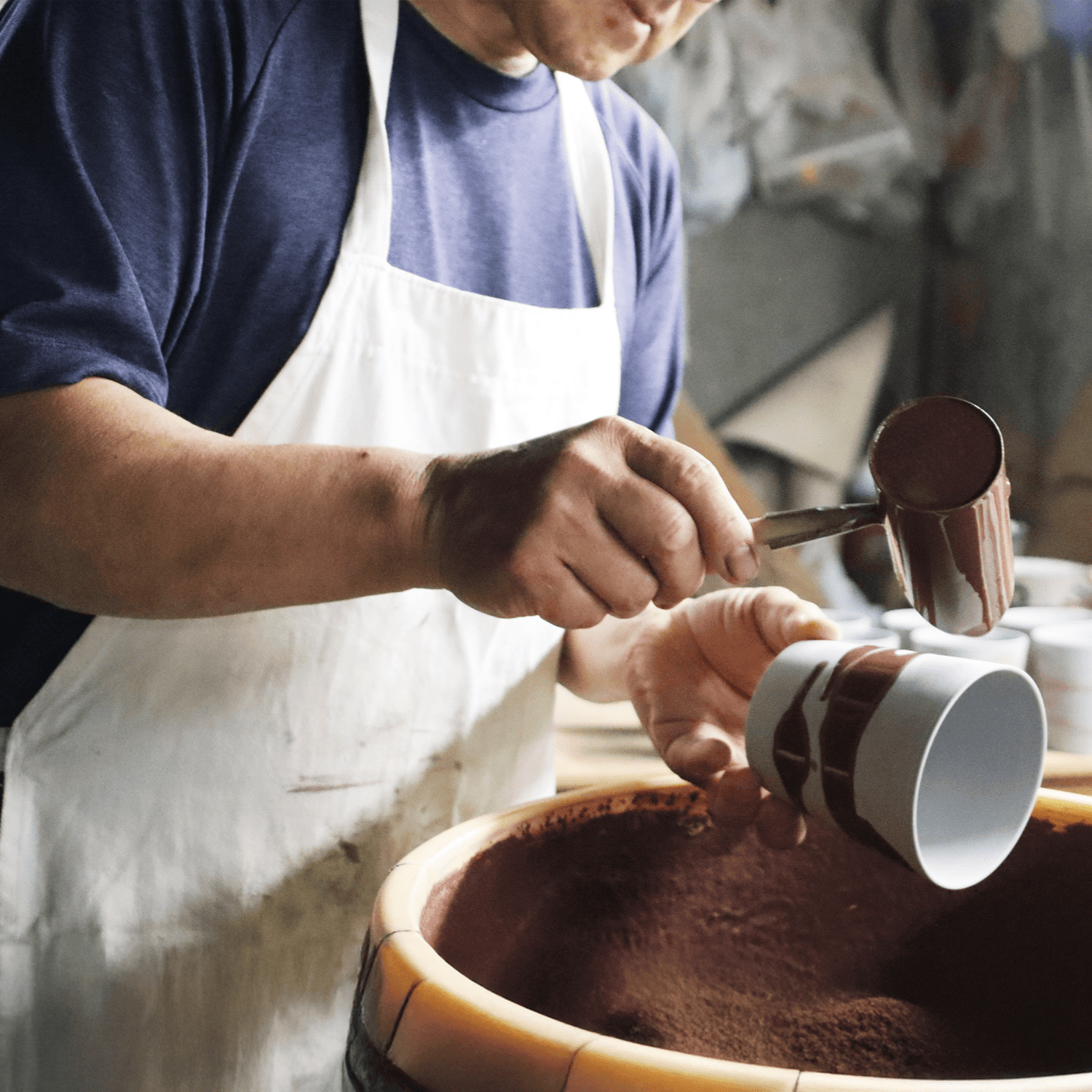

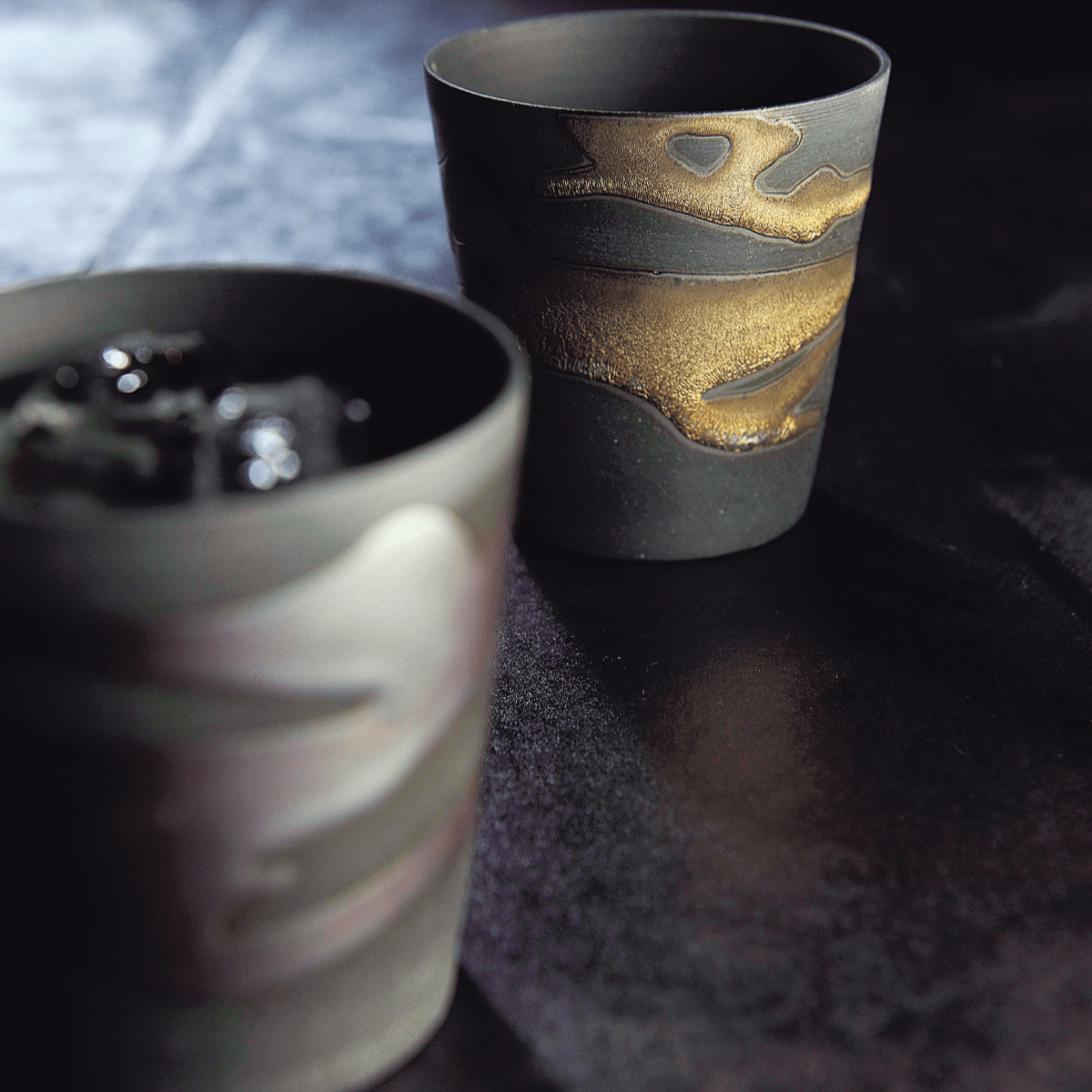
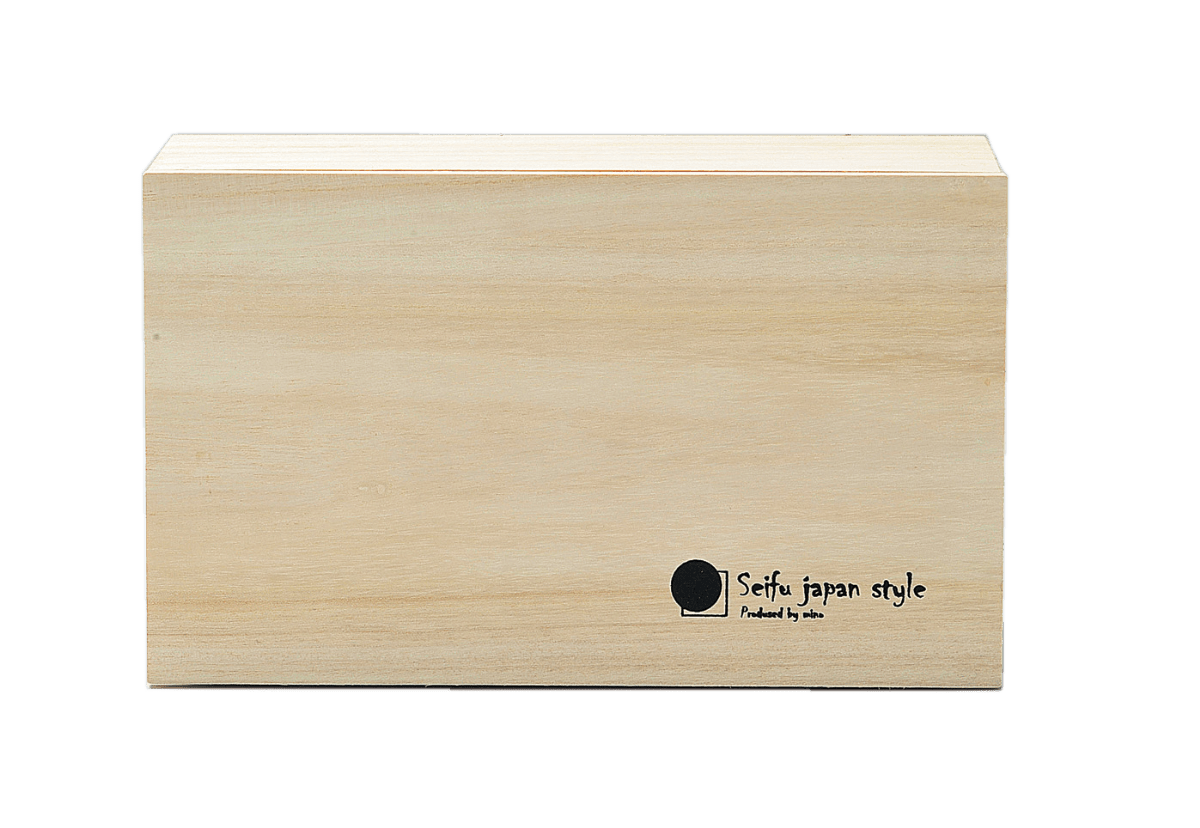
Share: